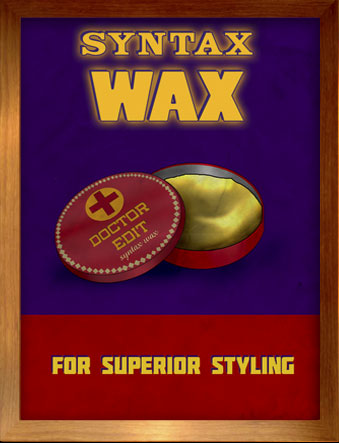Style guide and style sheet are sometimes used interchangeably, but there is an important difference between them. A style guide aims to ensure consistency across documents. In contrast, a style sheet ensures consistency within a particular document by listing the editorial decisions made.
A style guide and a style sheet both play important roles in achieving the full potential of your writing.
Style guide: For consistency across documents
A style guide is a set of rules or guidelines to be applied when writing and designing documents. The three most commonly used style guides are:
- American Psychological Association (APA) Style
- The Chicago Manual of Style
- Modern Language Association (MLA) Style
I am familiar with these and other style guides and have developed bespoke style guides for a number of clients across industry sectors.
Having a bespoke style guide, or house style, helps businesses ensure consistency across their internal and external communications.
You can think of a style guide as setting the standards required by a publisher or business. These standards can vary considerably. The level of formality expected, for example, varies across style guides.
One business, for example, might encourage the use of contractions (e.g., ‘it’s’ for ‘it is’, ‘won’t’ for ‘will not’, etc.). However, a university or an academic journal might expressly forbid such informality. Similar differences arise over the use of slang.
One of the fiercest debates in editing circles is whether or not to use the so-called Oxford comma (aka the serial comma). Clear direction from a style guide will remove any uncertainty here.
Style sheet: For consistency within a document
A style sheet establishes standard style requirements to ensure consistency within a particular document. The goal here is to improve communication between the editor and proofreader.
For all editing projects, I draw up a detailed style sheet that includes things like preferred spellings, punctuation, hyphenation, how numbers are treated, and how, if at all, abbreviations are used.
If I’m proofreading a document, I’ll create a proofreader’s style sheet. When I return the finished job, I include the style sheet so you can clearly see the editorial or proofreading decisions I have made.
Sample style sheet entries
| Category | Entry |
|---|---|
| Spelling | e-mail → email website (not Web site) advisor (not adviser) |
| Capitalisation | internet → lowercase Board of Directors (uppercase when formal title) |
| Punctuation | Use Oxford comma Single space after periods |
| Dates | 15 April 2025 (Day, Month, Year format) |
| Numbers | Spell out 1–9, use numerals for 10+ |
| Abbreviations | U.S. (with periods) i.e., e.g., (only within parentheses) |
| Names/Terms | Jane Smith (main character) AcmeCorp (no space, capital ‘C’) |
| Style Guide | Chicago Manual of Style, 18th ed. |
APA Style vs The Chicago Manual of Style
APA Style and The Chicago Manual of Style (hereafter ‘Chicago’) are both commonly used citation and formatting styles in academic writing, but they serve different disciplines and have distinct rules. Here are the key differences between the two style guides:
Disciplinary use
- APA: Commonly used in the social sciences (psychology, sociology, education, etc.).
- Chicago: Commonly used in history, literature and the arts, and often in publishing.
In-text citations
- APA: Uses Author-Date format: (Smith, 2021)
- Chicago: Has two systems, but in general:
- Notes and Bibliography (NB): Uses footnotes or endnotes. A superscript number in the text → corresponding footnote or endnote.
-
- Author-Date (like APA): (Smith 2021) – note there is no comma after the surname. This system is less commonly used than NB.
References list vs Bibliography
- APA: Has a ‘References’ section at the end of the document, alphabetically listed. It only includes works cited in-text.
- Chicago:
- NB: Uses a ‘Bibliography’ that includes all sources consulted (not just those cited).
- Author-Date: Uses a ‘References’ list like APA.
Formatting of sources
- APA:
-
- References entries emphasise publication year early (since it’s time-sensitive research) and uses authors’ initials instead of full names.
- Example: Smith, J. A. (2021). The psychology of learning. Academic Press.
- Chicago (NB):
-
- Bibliography includes first names of authors; year of publication goes at or near the end.
- Example: Smith, John A. The Psychology of Learning. Academic Press, 2021.
Footnotes
- APA: Rarely uses footnotes or endnotes, and only for extra explanation.
- Chicago (NB): Full footnotes or endnotes are a central feature, especially for citation. The formatting of both types of notes differs from the formatting of Bibliography entries.
- Example: John A. Smith, The Psychology of Learning (Academic Press, 2021).
Overall style and tone
- APA: More structured and scientific.
- Chicago: More traditional and narrative-friendly – favoured in works that tell a story, like historical analyses.

